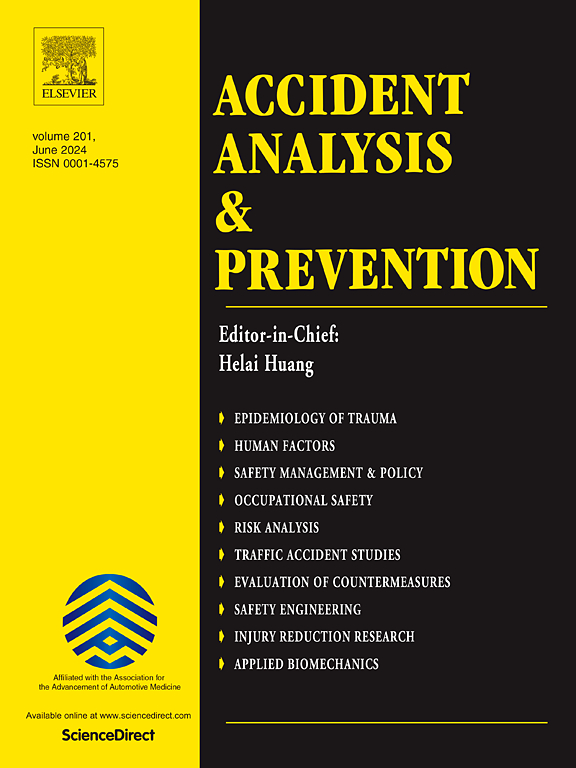灾害下以乘客为中心的城市轨道交通网络弹性评估:动态弹性评估框架
IF 5.7
1区 工程技术
Q1 ERGONOMICS
引用次数: 0
摘要
由于城市轨道交通系统的复杂性,其在灾害发生时容易发生级联故障。在现代社会,我们应该更加重视乘客的体验,提高轨道交通的服务质量。本文建立了一个基于动态指标的城市城市抗灾能力评估模型。提出了一种反映动态客流需求指标的以乘客为中心的弹性评价方法。建立了几何攻击模型下的级联失效模型,模拟了级联失效前后乘客的路线选择。本文收集了北京地铁的数据,分析了动态客流弹性指标的特征,并对北京地铁的抗灾能力进行了评估。结果表明:(1)级联故障后乘客广义出行时间成本和换乘次数增加,系统弹性降低;(2)两项指标均处于中低弹性水平。这说明在车站故障后,旅客出行路线变得更加复杂,网络在突发事件后恢复服务和保持服务质量的能力有待提高。建议通过增加冗余线等措施提高抗灾能力,并根据不同城市的特点,探讨调整评估策略。对模型进行敏感性分析,并在此基础上提出优化策略的指导性建议。本文章由计算机程序翻译,如有差异,请以英文原文为准。
Assessment of urban rail transit network passenger-centered resilience under hazards: A dynamic resilience assessment framework
Urban rail transit (URT) is vulnerable to cascading failures from disasters due to their complexity. In modern society, we should pay more attention to the experience of passengers and enhance the quality of service in URT. This paper develops a model using dynamic indicators to assess the disaster resilience of URT. It presents a novel passenger-centered resilience assessment method that reflects dynamic passenger flow demand indicators. A cascading failure model under Geometric Attack Model was established to simulate the route choice of passengers before and after cascading failure. This paper collected data on the Beijing subway, analyzed the features of dynamic passenger flow resilience indicators, and assessed the disaster resilience of the Beijing subway. Results show: (1) generalized travel time costs and transfer times for passengers increase after cascading failures, indicating reduced system resilience; and (2) two indicators are at moderately low resilience levels. This shows that passenger travel routes become more complicated after station failure, and the network’s ability to restore service and maintain service quality in the aftermath of unexpected events needs improvement. The paper suggests improving disaster resistance by adding redundant lines and other measures and also discusses adjusting assessment strategies based on the unique characteristics of different cities. A sensitivity analysis was conducted on the model, and based on this, guiding suggestions were made for optimization strategies.
求助全文
通过发布文献求助,成功后即可免费获取论文全文。
去求助
来源期刊

Accident; analysis and prevention
Multiple-
CiteScore
11.90
自引率
16.90%
发文量
264
审稿时长
48 days
期刊介绍:
Accident Analysis & Prevention provides wide coverage of the general areas relating to accidental injury and damage, including the pre-injury and immediate post-injury phases. Published papers deal with medical, legal, economic, educational, behavioral, theoretical or empirical aspects of transportation accidents, as well as with accidents at other sites. Selected topics within the scope of the Journal may include: studies of human, environmental and vehicular factors influencing the occurrence, type and severity of accidents and injury; the design, implementation and evaluation of countermeasures; biomechanics of impact and human tolerance limits to injury; modelling and statistical analysis of accident data; policy, planning and decision-making in safety.
 求助内容:
求助内容: 应助结果提醒方式:
应助结果提醒方式:


